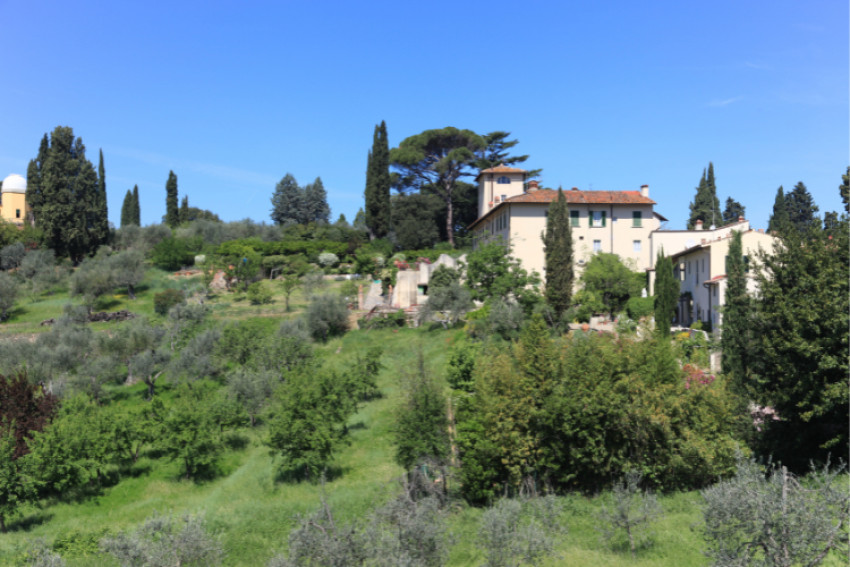
In the past and for a very long time, there was a strong idea in India that only elites could own and enjoy hill station assets. The majority of Indian rulers used to spend their summers in hill towns in the past. The majority of India's hill stations were later discovered by the British, who developed them for their own purposes to get away from the oppressive summer heat, avoid tropical diseases, and socialise. However, they discouraged or restricted Indian entry in some hill station areas. The demand for land in hills has been high since the British era hence land for sale in Coonoor is a hot property for people looking to buy land in hill stations.
Affordability issues for common people in the past.
Prior to the British building the rail lines and roads, the road infrastructure to reach a hill station was inadequate, and there was no public transportation, so only people who had access to horses, carts driven by horses, and guides to explain the ways could afford to travel to the hill station. Only those who can afford to stay for a significant amount of time on the hill station while leaving their business at plains alone can think about it due to the lengthier travel time required to reach a hill station from the foothill and come back to the plains.
Indian hill station transformation during British Period
For speedy and secure transit to hill stations, the British built the road infrastructures and rail links. In addition to building military cantonments in key areas, they also built the essential infrastructure in the hill towns, including stores, schools, hotels, churches, clubs, racetracks, and boat clubs for their secure habitation and leisure.
The hot Indian heat on the plains and the illnesses it brought with it during those times caused great hardship for the British. The hill stations were initially developed as sanitariums for their soldiers to relax and recuperate from disease, for their families to dwell in a comfortable environment, and for their children to learn and interact with one another in an opulent manner. It paved the way for India's rich to use these public transportation systems to go to the hill stations, stay in the hotels that were erected there, and tour the hill stations in search of a piece of real estate to call their own.
Development after the Independence
The Government of India continued the British-era infrastructure improvements in hill towns after the country gained its independence. In this stage of development, residential complexes, tourist attractions, hospitals, agricultural facilities, banks, etc. are all established. The goal of this development was to boost tourism in the hill towns and, in turn, advance the economy of the economically underdeveloped hill area. As a result, a large number of Indian residents moved to hill stations to take advantage of the newly formed business and employment possibilities.
Transformation in the modern era
Before the advent of internet real estate portals, the average person had little idea about the cost of real estate in hill stations and had the mistaken impression that it would be considerably greater than in lowland towns. The average person has few opportunities to engage with real estate agents in the hill stations to learn more about their real estate. The mesmerising beauty of the hill stations, their clean environment, and their peaceful lifestyle induced the interest among most of them to own a property in hill stations, but the habit of Indian middle class vacationing in hill stations started increasing due to changes in socio-economic factors.





